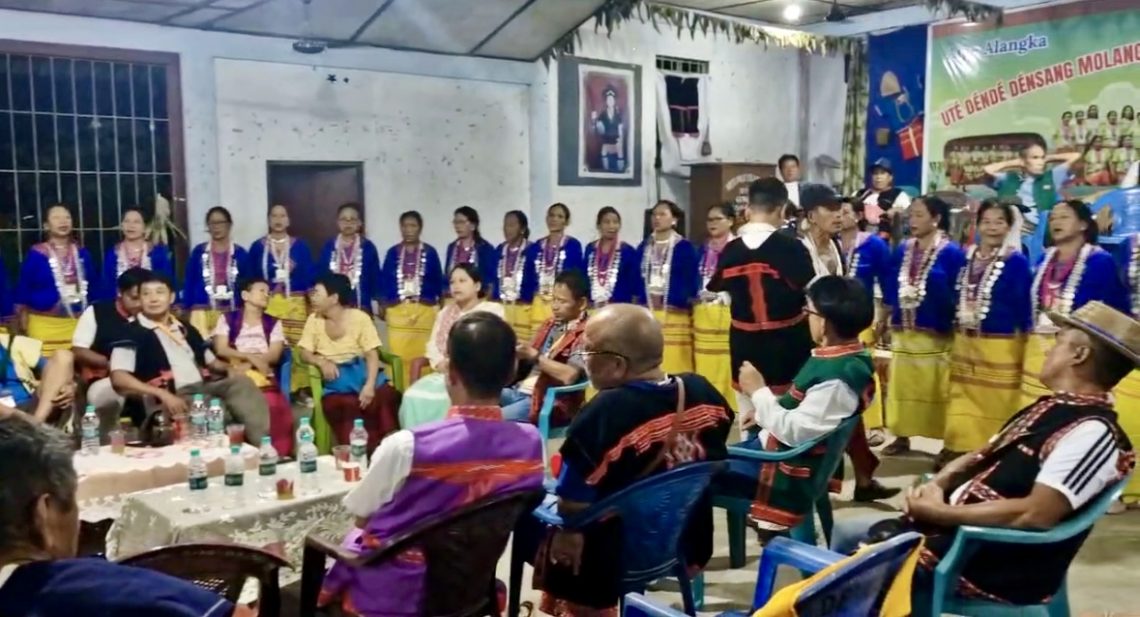
The Legend of the Ekki: Tani People and their Dogs
Tani folklore and tradition showcase the enduring bond between the Tani people and their dogs or Ekki. Set against the backdrop of the Solung festival, this story highlights the special role of dogs amongst the Tani people, from protectors to faithful guardians. Through family memories and cultural insight, the storyteller explores how this relationship intertwines with faith, tradition, and identity amidst a growing global world.
Read this story in Hindi
“Kolo, Marsang Oing- apim dopong,” Ojo (Grandma) called out, her voice echoing through the crisp air as she tried to find Rocky, the four-legged Ekki member of our family.
Ojo is calling out to Rocky to come eat. She affectionately calls him Marsang Oing—a phrase that literally translates to “vegetable stew” but is lovingly used to refer to children.
Tani, do not see “Dogs” or Ekki as pets but instead as family. The first thing we teach our kids is to address the dogs asayo/abing, which are important honorifics that you only use to address elders. Rocky was born 4 years before me, so my grandmother taught me to address him, as bibing, or elder brother. If you are significantly older than the dog it’s also customary to call them your children, or as some people give the nicknames of alang (soup), aku ayak and marsang oying.

The smell of damp earth filled the evening, and the tall trees swayed gently, their branches brushing against the roof of our traditional bamboo house. Built entirely from wood, cane, bamboo and leaves, the house stood gracefully on wooden stilts, raised above the ground to protect from dampness. The floor was woven tightly with the sturdy bonds of nature’s bounty of straw and grass, and no nails or metal to hold it together. The sloped roof of dried leaves rustled as the breeze passed through, merging with the hum of the forest.
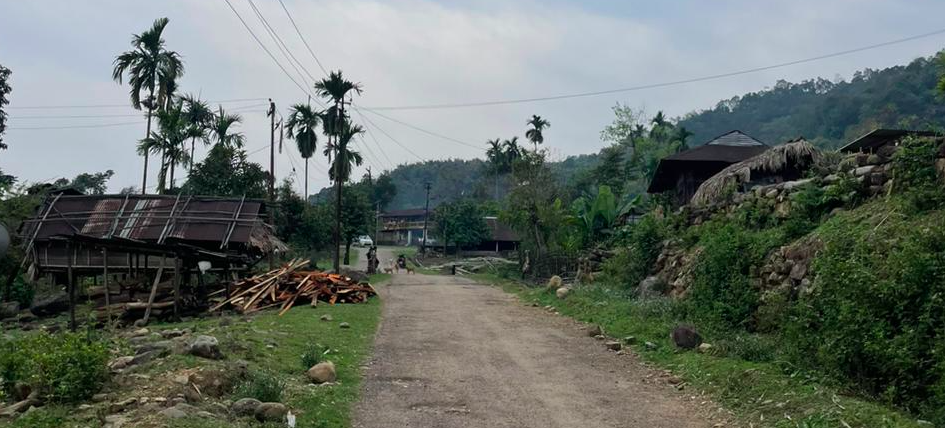
As dusk crept over the hills of Rane, a small village tucked away in the Mebo Sub-Division of East Siang, eastern Arunachal, the valley took on a life of its own. The Nahur trees (Kayea assamicaprain or Assamese Iron wood in English)—standing tall and proud like sentinels of the forest—had begun their transformation, their leaves blazing in shades of amber, ochre, and crimson as though set aflame by the last light of the sun. The faint scent of earth and woodsmoke mingled in the cool evening air, carried from scattered hearths as families prepared for Solung, the harvest festival. Around the village, the slopes rose sharply, cloaked in dense forests that seemed to guard Rane’s secrets. Small streams trickled down from the hilltops, their sounds mixing with the occasional call of a hornbill echoing through the valley. This was Rane, alive and waiting.
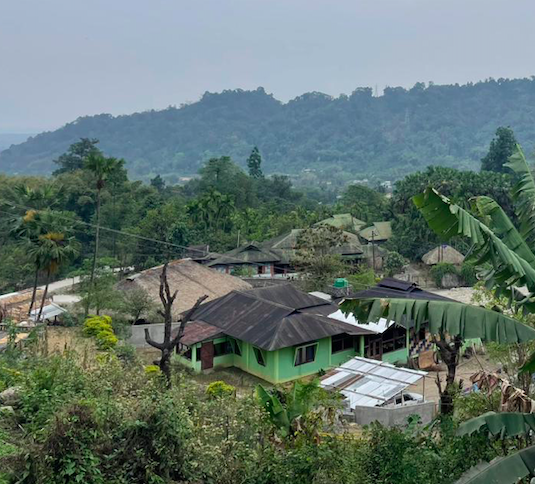
Solung, one of the most important festivals of the Adi subtribe of the Tani ethnicity, is a time of harvest, a celebration that has been passed down through countless generations. But first, who are the Tanis? The Tani people are a Sinitic ethnic group that traces their ancestry to the Sichuan River Basin, and this community forms the majority in the Northeastern State of Arunachal Pradesh. Besides Arunachal, the Tanis also have a considerable population in Upper Assam, and in the erstwhile province of Sikang (Sisang in the Tani Language) in China.
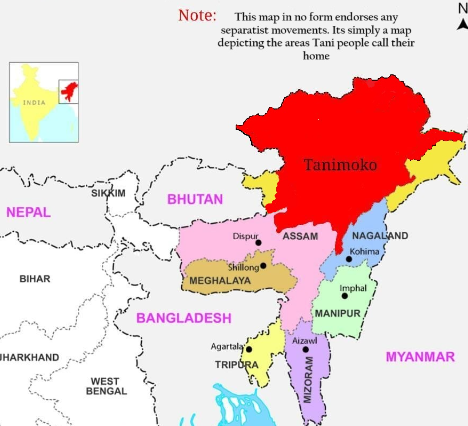
Returning to Solung, this festival unites our people who inhabit these serene hills, to honor our ancestors and prepare for the harvest. Traditionally, Solung was celebrated according to the lunar cycle, with its dates shifting each year. However, it has since been standardized by the government of Arunachal Pradesh to fall in September, aligning with the rice harvest. As the festival draws near, our village awakens with preparations—women weaving intricate patterns into their gale(traditional garments), men gathering wood for the grand bonfire, and youngsters like me, running with our Ekki through the fields with the excitement of what’s to come.
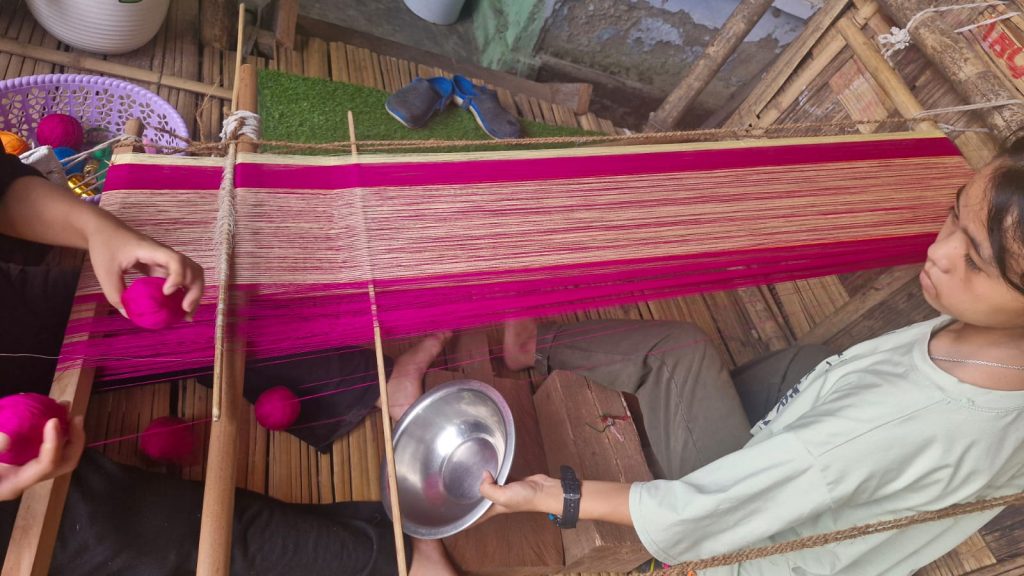
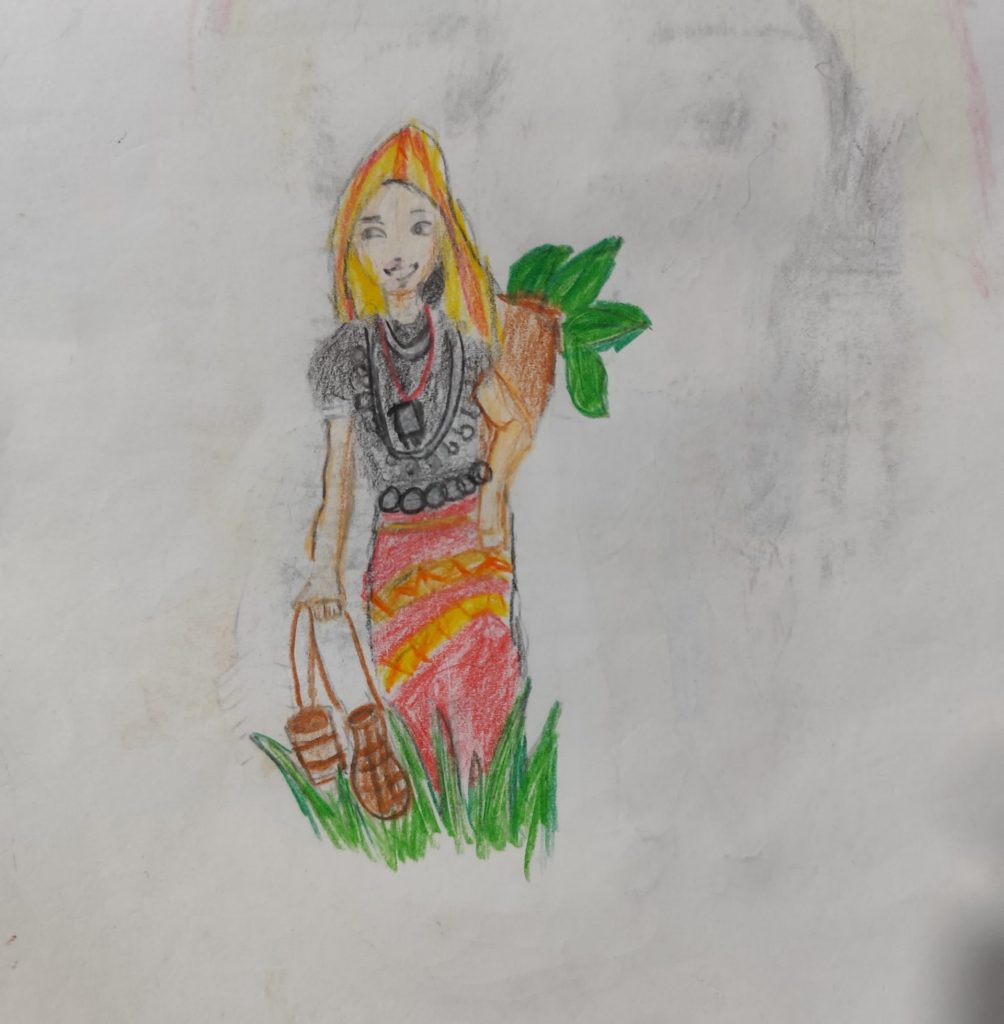
For us, it isn’t just a celebration—it’s an explosion of life. The entire village transforms into a hub of activity, a place where tradition and faith intertwine. Celebrations fill the air with laughter and song as families gather to share food and stories.


The festival pulses with rigor, as voices rise together to sing: “Solung gidi diiyekum aseng anam iyekum, nome ngo kayeko, ngokke dolung ayeku.” (During Solung, we will all be happy, I will see you back in my village after a long while.) Needless to say, in recent years, the festival has taken on new hues. The once-quiet churches now glow with candlelight as people gather inside, praying for a fruitful harvest, giving thanks to God for His blessings. Spread across India and China, and practicing different religions including Christianity, Donyi Polo and Buddhism—the Tani people remain united by blood and share a rich heritage across their various sub-tribes.
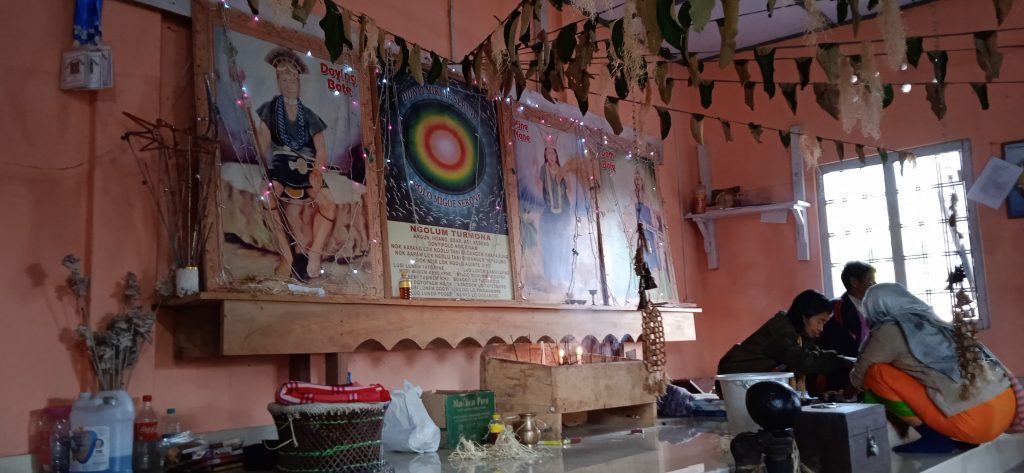
Yet, there’s a lingering memory of the older ways. Before many of us embraced Christianity, Solung’s centerpiece was the grand sacrifice of the Mithun (Bos frontalis), or Aeso—a massive, sacred animal known as the Gayal in Hindi. Revered across Tani and neighboring tribes, the Mithun symbolized status, wealth, and prosperity. Its sacrifice, conducted in the heart of the village, honored ancestors and reflected a family’s prominence. The meat was shared among families, while its blood was offered to the forest spirits. This act was not just a ritual but a blessing, believed to bring harmony and strengthen the bond between humans and their ancestors. Though fading, the tradition persists among those who follow the Donyi Polo faith, where the Mithunto this day remains a sacred animal that is to be sacrificed to the forest spirits.
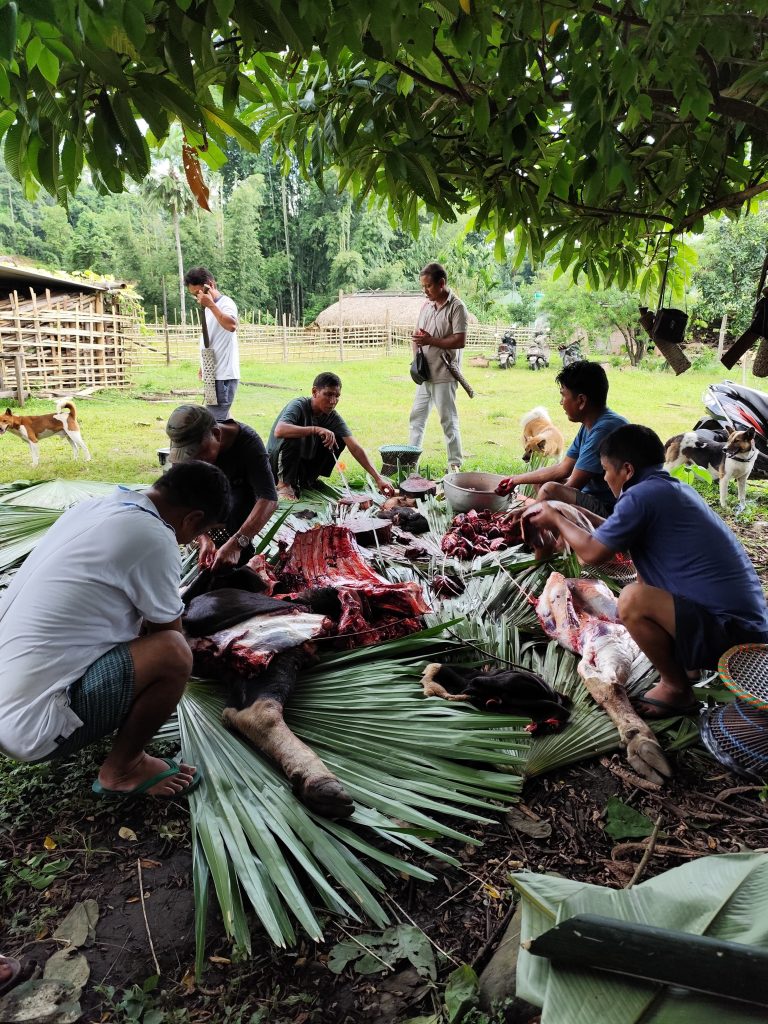
While I speak for the Tani people’s identity and culture, it would be an injustice not to mention the Ekki or dogs. Based on our oral history, passed down by our forefathers, the dog was believed to be a guide, a protector of the soul as it journeyed through life and death. Even now, during Solung, the Ekki is given a place of honor, often leading processions or symbolically representing the connection between the human and spiritual worlds.
So how did the Dog come to assume this role in Tani culture? According to Tani folklore, many Tanis lived through a big famine and Kine-Nane, the forest spirit, observed that people were suffering from starvation and lacked the means to sustain themselves. In her benevolence, she decided to provide them with a gift that would alleviate their hunger: the seeds of paddy, a staple crop essential for sustenance. She chose the Ekki or the dog as the bearer of this precious gift, entrusting the animal with the responsibility of delivering the paddy seeds to humanity. The dog faithfully carried the seeds to the humans, ensuring their survival and prosperity.
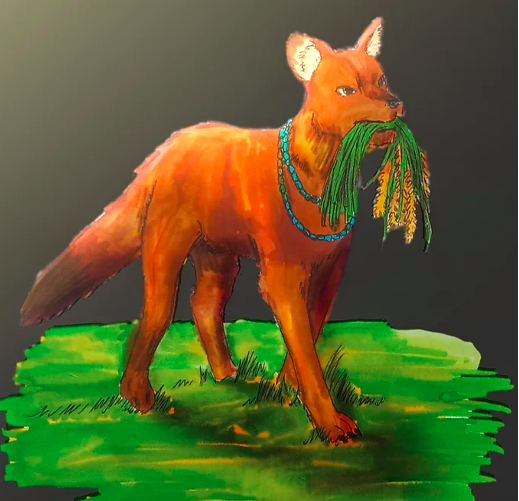
Another Tani folklore talks about the journey down the Siang River which wasn’t just a migration—it was an exodus from an ancient homeland, believed to be somewhere in present-day Sichuan, China. After a crushing defeat in a war in the distant past, it is said that our ancestors fled through mountains and thick forests, disoriented and fearful after a perilous journey. It was in this moment of desperation that the dog emerged as their guide, leading them along the river’s untamed meanderings. As they followed its surefooted steps, the Siang became both a lifeline and a refuge, carrying the Tani people to the “Donyi-Polo Among” (God shown hills) of what is now Arunachal Pradesh. In the despair of that escape, the dog’s role as protector and spiritual guide was etched into Tani memory forever—a bond that transcends time, place, and even war.

Historically too, dogs have served as guardians of Tani homes, alerting families to the presence of wild animals or strangers. Even during the large-scale conflicts, the Tanis had with the Han and Tibetan Empires, dogs played a crucial role as messengers on the battlefront. The memory of these wars, believed to have taken place centuries ago, before written records, is part of the collective Tani lore. Some suggest these conflicts occurred during the early centuries CE, as the Han dynasty (206 BCE – 220 CE) and Tibetan empires expanded their influence over the region. Here, the dog’s keen senses helped detect enemy movements long before human eyes could detect it. Whether warning of an ambush or carrying messages between warriors, they were integral to the survival of the Tani tribes during this turbulent period.
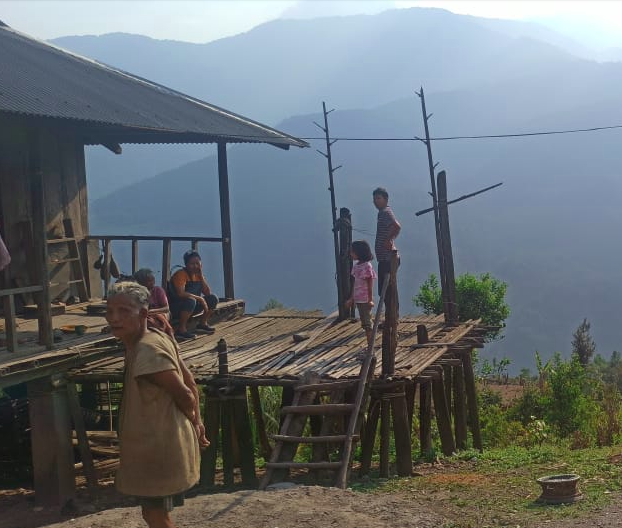
My grandmother says, “this is what made the Ekki indispensable in daily life.”
To this day, despite their diminished importance, they continue to hold a unique and cherished place in Tani culture, transcending religious boundaries and permeating daily life with their quiet presence. In many Tani households, it is customary to offer the first meal of the day to the family dog. The top layer of rice, considered the best part, is reserved for these faithful companions. This act is more than a simple gesture of care; it is a ritual of respect, acknowledging the dog’s role as a protector and member of the household.
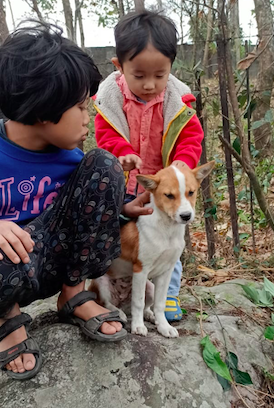
While the Solung festival is celebrated by the Adi tribe of the Tani people, this spirit of festivity and reverence extends to all Tani sub-groups—be it the Missi, Nyishi, Apatani, Galo, Tagin, or even the Luobas of China. Across these tribes, festivals like Solung, Nyokum, and Si-Donyi, as well as Christmas and New Year, all share a deep-rooted connection to harvest and tradition. While Solung belongs to the Adi, Nyokum is sacred to the Nyishi, and Si-Donyi to the Taginpeople. Each of these festivals’ honors not only the harvest but also the enduring bond between the Tani people and their faithful dogs.
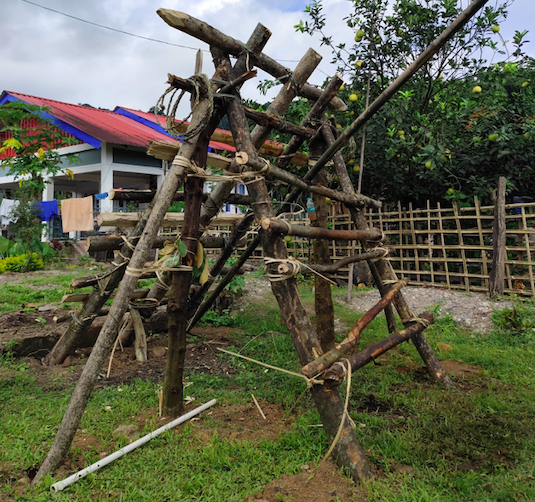
For Christian Tani, it is common to bless dogs during the Feast of St. Francis, a celebration honoring the patron saint of animals. This is also partly why the feast day of St Francis is celebrated with added fervor by the Tani, unlike Christians in other states of India, or other parts of the world. If you were to visit Arunachal, do not be surprised if you see dogs hanging around church compounds. For Hindu Tani too, it’s customary to bless the dogs ahead of festivities.
In the animistic practices of Tani tribes, like for those belonging to the Donyi Polo faith, dogs hold a significant place, often seen as intermediaries between the human and spirit worlds. They are also known to be protectors of tradition, and as per popular folklore, it’s the dogs that will protect you from bad ooyus. In the animistic Tani faith, we do not have a concept of God, but we believe that there are spirits – that may be good or bad. These spirits are what we call ooyu.
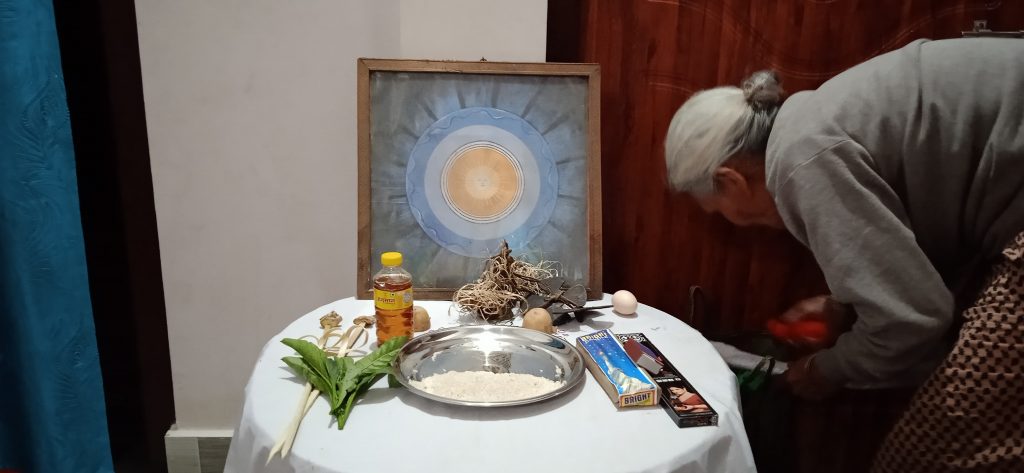
However, despite the deep reverence we hold for dogs, living in a city like Delhi, you often hear the same tired refrain, “people from Arunachal and the Northeast eat dogs.”
It’s the kind of stereotype that is hard to shake off. Sure, in some communities of the Northeast, dog meat is indeed a part of the diet, just as goat, sheep, or the Mithun might be in others. But the Northeast is vast, its cultures too rich and varied to be defined by a single thread. Take the Nagas, for instance. For them, as with other ethnicities, dietary choices are shaped by tradition and necessity. Some may consume dog meat, just as others might abstain from eating cows or pigs due to their own cultural or spiritual beliefs. It’s not a question of morality but of understanding that each cultural or religious group carries its unique relationship with the animals around them.
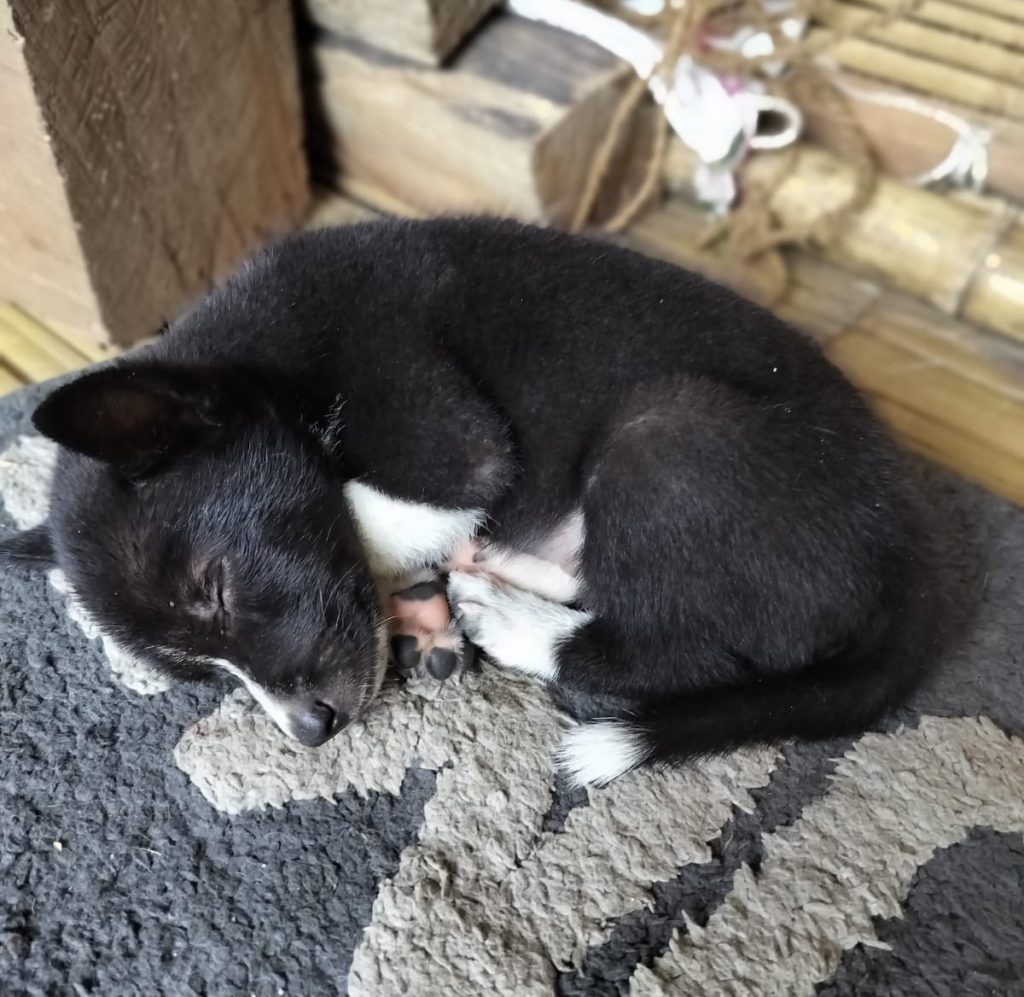
I remember, the first time I heard someone in Delhi say that Northeasterners “eat dogs,” and it stung. It was a dismissal of all the layers of meaning a dog holds for us. To us, dogs are crucial, held in the highest regard, where their presence is honored in ritual, as a symbol of loyalty, a link to our ancestors, and a companion in the spiritual realm. Loyalty in our culture goes beyond a dog staying by your side; it’s a bond that transcends life itself. There’s a story of a hunter whose dog protected and guided him through the wilderness, even after the hunter’s death. This is why for us loyalty is sacred. Our dogs are not just pets and are more than companions; they are guardians who stand by us in both life and death, bound by a love that crosses realms.
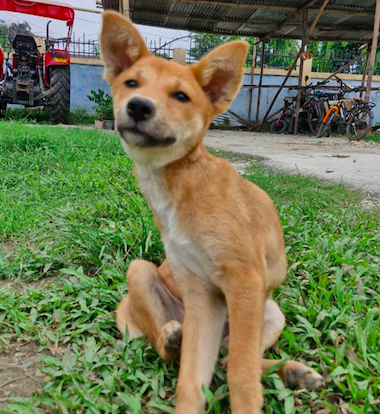
Even as modernity seeps into distant corners of Arunachal Pradesh, as mobile phones buzz in villages that once relied on oral tradition alone, the bond between the Tani people and the dog remain strong. Yes, there are changes—some traditions evolve, others fade—but the role of the Ekki endures. We may no longer sacrifice Mithuns in the village square, but we still honor the dog’s place in our lives. We understand that to respect the dog is to respect our heritage.
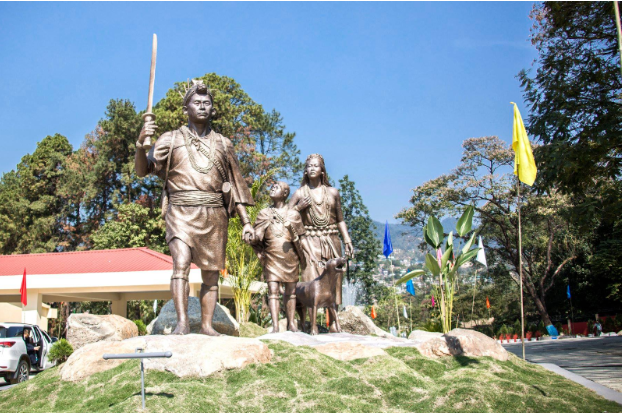
Photo: Convention Hall Arunachal
It is our culture and language that makes us Tani. And what is the point of calling ourselves Tani if we fail to honor Abotani’s first friend and companion? Abotani is more than a name to us—he’s our ancestor, from whom all Tani tribes are believed to have traced their lineage. Legend has it that when Abotani was cast out from his village, wandering through forests and rivers, it was his dog, named Kipu, who never left his side. It’s said that without the dog’s companionship, Abotani would not have survived to pass on his knowledge on to future generations. This is why, when you visit the Itanagar Convention Hall, you will find Abotani’s statue standing tall, surrounded by his family, includingKipu. It’s not just a display of heritage—it’s a tribute to the very foundation of who we are. As long as we cherish the Ekki, we keep alive the essence of who we are, a people who remember where we came from, even as the world around us continues to change.
Well, that is it from my side as I have to tend to Rocky. He has kind of became fat with all the aek adin (pork) he got this Solung.
Meet the storyteller








